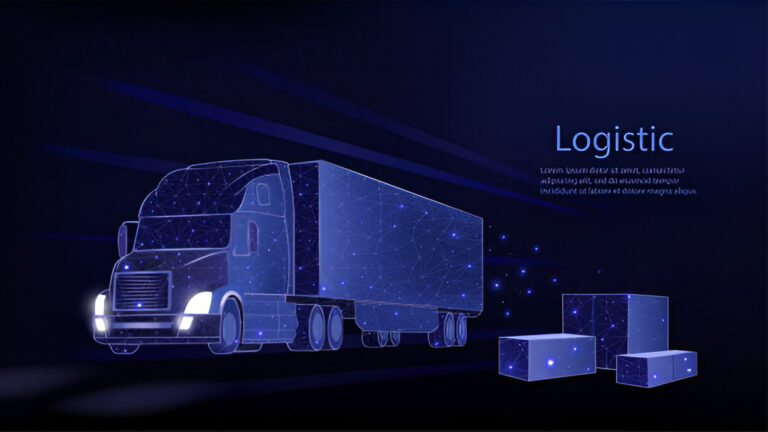When a truck accident occurs, understanding its cause is crucial. Black box data plays a key role in these investigations. Every truck is equipped with a black box, which records vital information about the vehicle’s operation. This data includes speed, braking patterns, and engine function. By examining this information, you gain clear insights into the moments leading up to an accident. This evidence is invaluable for law enforcement and a legal attorney involved in the case. It helps establish fault and clarify details that might otherwise remain uncertain. Truck accidents are often complex, with various factors contributing to the event. Black box data demystifies these incidents and supports a fair resolution. Knowing what occurred isn’t just about assigning blame. It’s a step toward understanding and preventing future accidents. This methodical approach ensures that justice prevails and roads become safer for everyone.
What is a Black Box?
A black box, or Event Data Recorder (EDR), is a device installed in trucks that records and stores information related to vehicle performance. It is similar to the flight data recorders used in airplanes. This technology captures data such as vehicle speed, throttle and brake application, and engine parameters. By providing precise details, it helps reconstruct the sequence of events during an accident. Understanding these elements is essential in identifying the cause and preventing future mishaps.
How Black Box Data Assists Investigations
Black box data serves as a critical tool for investigators. It offers a factual account of a truck’s performance just before and during an accident. This data can show whether a driver was speeding, braked suddenly, or made any abrupt maneuvers. Such insights are critical in determining liability. For example, if the data reveals speeding, it may indicate driver negligence. Conversely, if the brakes failed, it might suggest a mechanical issue. The clarity this data provides ensures that justice is achieved in each case.
Key Data Points Recorded by Black Boxes
| Data Point | Importance |
| Vehicle Speed | Determines if speeding contributed to the accident |
| Brake Application | Indicates whether and when brakes were applied |
| Throttle Position | Shows acceleration patterns |
| Engine RPM | Helps assess engine performance at the time of the accident |
Benefits for Legal Proceedings
In legal settings, black box data provides impartial documentation. It removes ambiguity from eyewitness accounts and personal testimonies. This objectivity is crucial for a legal attorney when building a case. With solid evidence, they can argue more effectively and achieve fair outcomes. The courts rely on this data to make informed decisions, ensuring that the responsible parties are held accountable. Furthermore, the information aids in shaping regulations and policies to enhance safety standards.
Challenges in Using Black Box Data
Despite its benefits, there are challenges in accessing and interpreting black box data. Trucks are often owned by companies that may be hesitant to share data due to liability concerns. Extraction requires technical expertise and specialized equipment. Additionally, understanding the data requires knowledge of vehicle systems and accident dynamics. However, overcoming these challenges is necessary to uncover the truth and improve road safety for everyone.
Steps to Access Black Box Data
- Contact legal authorities to secure data
- Engage experts with the right tools for data extraction
- Analyze the data alongside other evidence
Conclusion
Black box data is an essential component of modern truck accident investigations. It provides clear, objective evidence that aids in understanding and resolving accidents. As technology evolves, the accuracy and depth of this data improve, offering even greater insights. By supporting fair legal proceedings and contributing to safer roads, black box data plays a crucial role in our society. Embracing this technology ensures a more secure future for everyone on the road.


